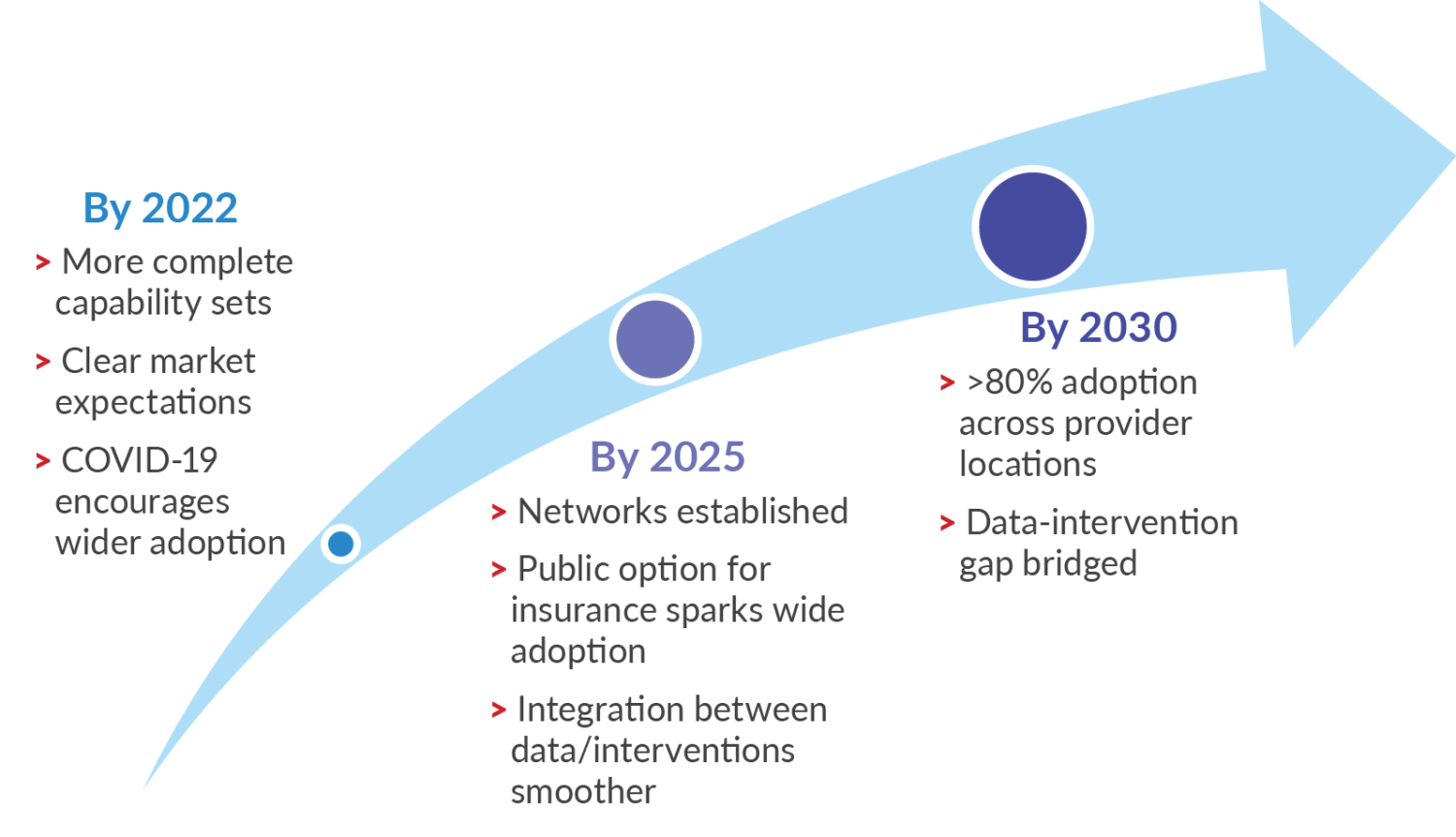
What You Should Know:
– The latest report from Chilmark Research examines the new approaches and tools for utilizing community resources that can address social determinants of health, giving providers the ability to extend care beyond the confines of the clinic.
– This research indicates that the next two years will largely bring an expansion of product capabilities with slow and steady growth in implementation as the market better defines key variables and sets standards for performance.
COVID-19 has dramatically increased the overall population’s need for community resource engagement in traditional healthcare settings. The steady march to value-based care (VBC) continually amplifies interest in solutions that contribute to utilization management strategies. Vendors are rising to meet this need by connecting community-based organizations to various healthcare partners so that both may benefit from the coordination of service provision.
The latest Chilmark Research report, Addressing SDoH: IT Solutions to Engage Community Resources, evaluates these solutions, identifying the strengths and weaknesses of options in the market and predicting how the market will develop in the future. Research in this report is based on interviews with executive leadership teams of solutions vendors, executives from the major EHR companies, and extensive secondary research.
Vendors discussed in the report include aunt bertha, Cerner, Epic, HealthEC, Healthify, NowPow, Signify Health, Solera, Unite US, Xealth
Leveraging Community Partners Is Key to Addressing SDoH
Community partners are some of the best resources providers can utilize to address the social factors impacting patients’ health status, but this is a new need for HCOs, which under fee-for-service (FFS) tried to keep all care within the clinic to maximize revenues. Data management and liquidity make effective integration with external partners a key barrier to implementation, while legal and internal engagement issues continue to slow adoption.
Predicted 10-Year SDoH Adoption Trajectory
This research indicates that the next two years will largely bring an expansion of product capabilities with slow and steady growth in implementation as the market better defines key variables and sets standards for performance. Within five years, a public option for insurance will dramatically increase the rate of solutions adoption, culminating in >80% adoption in provider locations by 2030.
The report provides a roadmap and predicts key inflection points for the greater adoption of these solutions, and which social determinants have historically been the best predictors of increased health services utilization. It includes brief profiles of key vendors providing this functionality, and how they plan to impact community health.
“This has been a major challenge to healthcare systems, and people now get that we need to address [SDoH] better. The pandemic has proven to be an additional, critical driver for continued expansion of VBC, which requires understanding all of the factors that can influence a member’s health status,” according to report co-author Jody Ranck. “We see an opportunity here from the pandemic, that it has basically shown us where the failures are in the system today, and that going forward we need to do more to engage resources beyond the clinic.”
